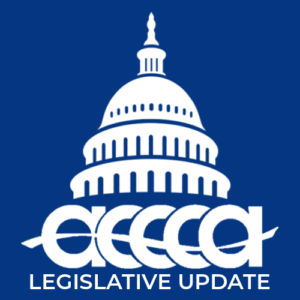View the legislative bills report here. (updated October 24, 2025)
December 5, 2025
Federal Budget Update
It was a quiet week in Sacramento for California Community Colleges news. However, fiscal activity is accelerating at the federal level as Congress still must reach agreement on the nine outstanding spending bills for fiscal year (FY) 2026 before the current continuing resolution (CR) expires on January 30, 2026.
One major bill still awaiting action is the Labor, Health and Human Services, Education, and Related Agencies (LHHS) appropriations measure, which funds higher education and TK-12 programs. The House Appropriations Committee has approved a version that provides roughly $184.5 billion in discretionary funding, a 7% reduction from FY 2025. The Senate proposal is more robust, totaling approximately $200.1 billion.
Both the LHHS bill and the Defense appropriations bills are among the largest federal spending measures, and House Republican appropriators do not plan to advance either of them this month. The Senate, by contrast, intends to bring both bills to the floor for debate. It remains unclear whether senators can secure the votes necessary to complete work on these bills in the next two weeks before the end-of-year recess.
If Congress is unable to resolve the nine remaining appropriations measures by the end of January, lawmakers will need to pass another CR to avoid a government shutdown.



 ACCCA provides California Administrators with timely news and information about legislation, policy and other issues that impact your college and your career. In addition to this up-to-the-minute website, we keep you in the loop with email alerts.
ACCCA provides California Administrators with timely news and information about legislation, policy and other issues that impact your college and your career. In addition to this up-to-the-minute website, we keep you in the loop with email alerts.


